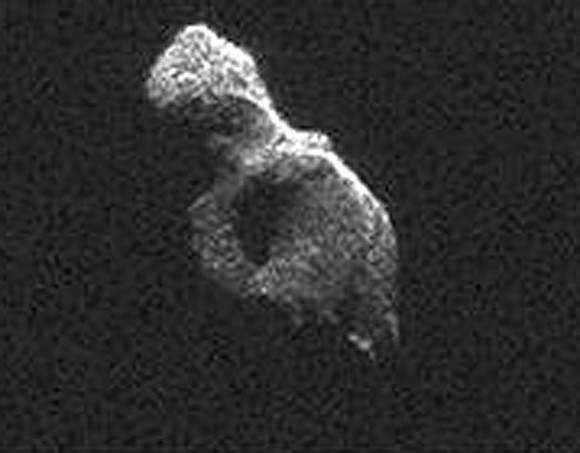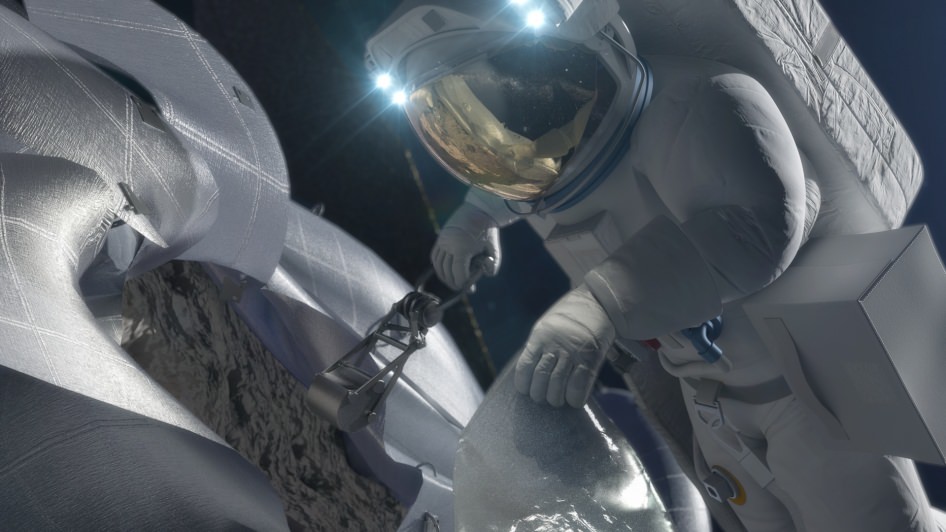There have been several proposals in recent months to visit asteroids — NASA is talking about sending astronauts to an asteroid sometime, and both Planetary Resources and Deep Space Industries have outlined distant plans to mine these space rocks for resources.
But once the stuff is extracted, who does it belong to? A bill being considered by the U.S. House of Representatives says it would belong to “the property of the entity that obtained such resources.”
In a blog on Space Politics, aerospace analyst Jeff Foust outlined a discussion on the bill at the NewSpace 2014 conference last week. There are still a few wrinkles to be worked out, with one of the most pressing being to define what the definition of an asteroid is. Also, the backers of the bill are talking with the U.S. State Department to see if it would conflict with any international treaty obligations. (Here’s a copy of the bill on the Space Politics website.)

The panel also noticed there is precedent for keeping and even selling samples: the visits to the Moon. Both Apollo astronauts (with the United States) and the Luna robotic missions (from the Soviet Union) returned samples of the Moon to the Earth. Some of the Apollo rocks, for example, are on display in museums. Others are stored in the NASA Lunar Sample Laboratory Facility at the Johnson Space Center in Houston.
That said, extraterrestrial property rights are difficult to define. For example, the United Nations Moon Treaty (more properly known as Agreement Governing the Activities of States on the Moon and Other Celestial Bodies) allows samples to be removed and stored for “scientific purposes”, and during these investigations they may “also use mineral and other substances of the moon in quantities appropriate for the support of their missions.” But it also adds that “the moon and its natural resources are the common heritage of mankind.”

